We love tidy heroes and hate the messy ones, which is why cockroaches rarely get credit for the quiet work they do under our feet. The story most of us carry is simple: cockroaches invade kitchens and spread trouble. The real picture is stranger – and more interesting – because most cockroach species never visit our homes and instead keep ecosystems running by breaking down the world’s leftovers. New research on their gut microbes, nutrient recycling, and soil engineering is reframing them as essential workers in forests, grasslands, and even city parks. Look closely, and the so-called villains start to look like maintenance crews we barely notice until the lights go out.
The Quiet Cleaners

What if one of the planet’s most disliked insects is quietly keeping forests alive by taking out the trash we never see? That’s the roach job description in a nutshell: shredding leaf litter, gnawing dead wood, and chewing through decaying plant matter that would otherwise pile up. In doing so, they dismantle complex plant tissues into bite-size pieces for microbes, speeding up the slow chemistry of decomposition. You can think of them as the first pass in a recycling plant, a living conveyor belt that keeps nutrients moving. Without these small custodians, nutrients get locked up longer, soils age poorly, and food webs wobble in ways that show up months later as weaker growth and thinner canopies.
Nutrient Alchemists
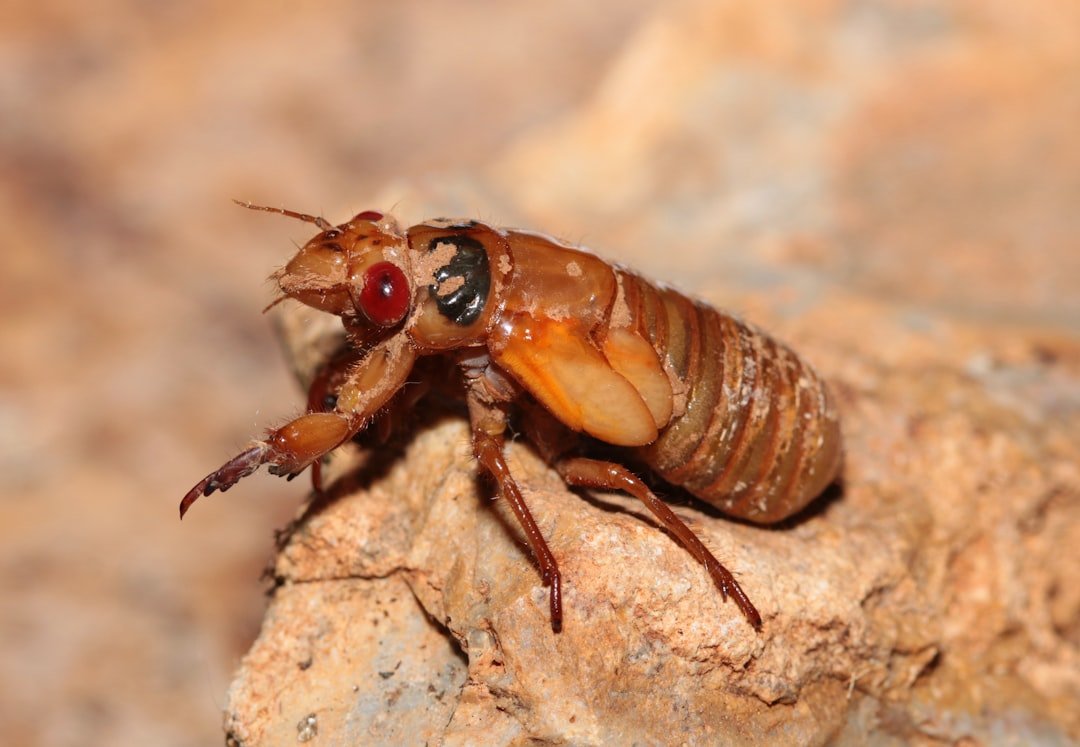
Cockroaches don’t work alone; they bring a tiny factory with them in the form of symbiotic bacteria called Blattabacterium that live inside their cells. These microbes are specialists at remixing nitrogen from waste products into usable amino acids, turning what would be trash into protein the roaches can deploy and ultimately return to the soil. That recycling is a big deal because nitrogen is often what limits plant growth, especially in stressed or nutrient-poor landscapes. When cockroaches feed, excrete, and die, that microbial alchemy gets released back into the environment as a slow-drip fertilizer. The outcome is subtle but widespread: richer micro-soils in leaf litter, faster nutrient turnover, and a steadier supply of the building blocks that fuel new leaves.
The Hidden Clues
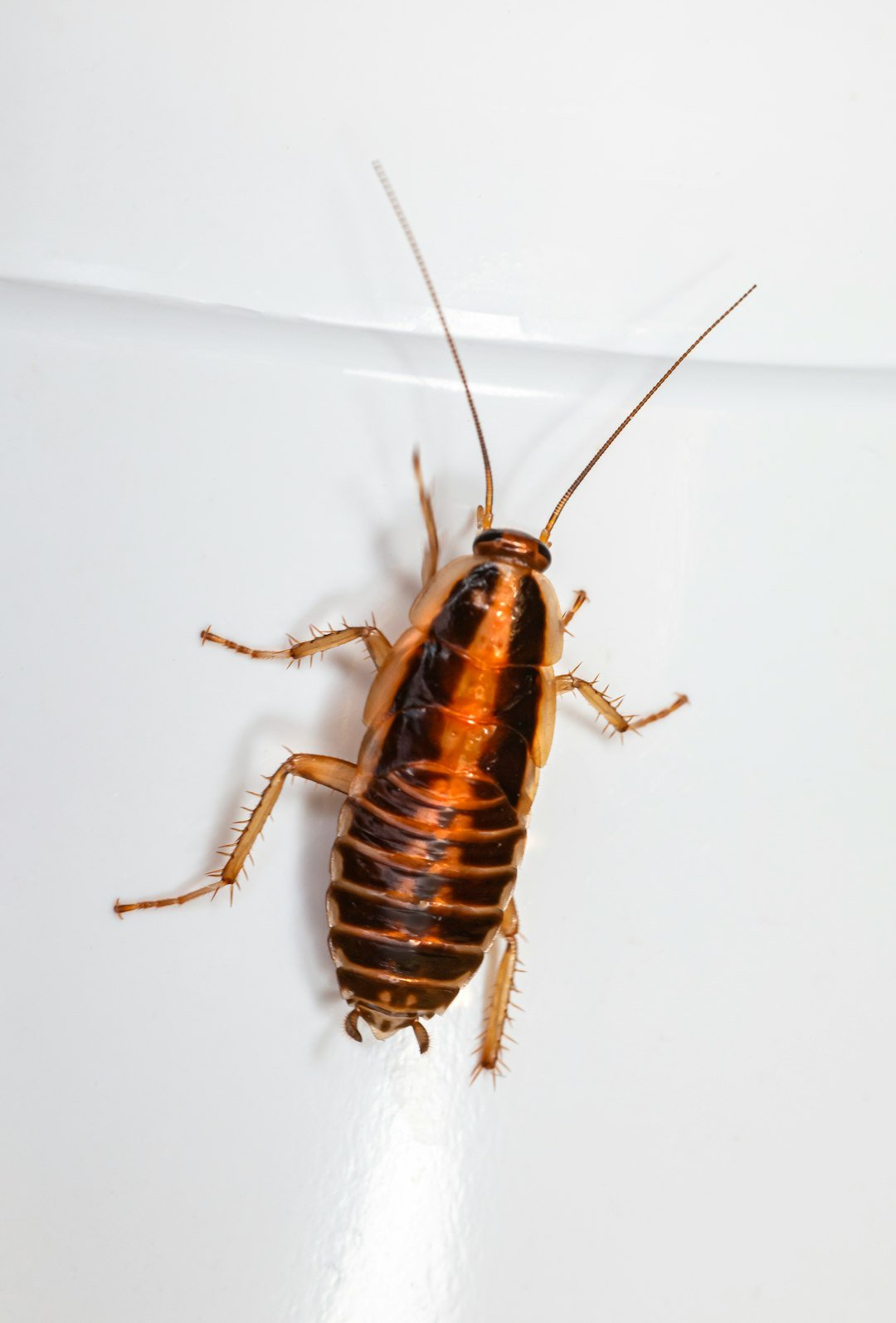
Ecologists track roach impact the way detectives follow footprints – by reading the chemistry of what’s left behind. Stable isotope studies show that roach frass carries the unmistakable signature of processed plant material, revealing how their diets move nitrogen and carbon through the litter layer. Soil microbe communities also change where roaches are abundant, with more of the fungi and bacteria that feed on their leavings and less of the tough, slow-growing decomposers. In field experiments, plots with active cockroach populations often show faster litter loss and higher availability of key nutrients compared to roach-excluded plots. If you’ve ever flipped a log and seen crumbly, dark soil beneath, you’ve seen the end of their trail.
From Ancient Tools to Modern Science
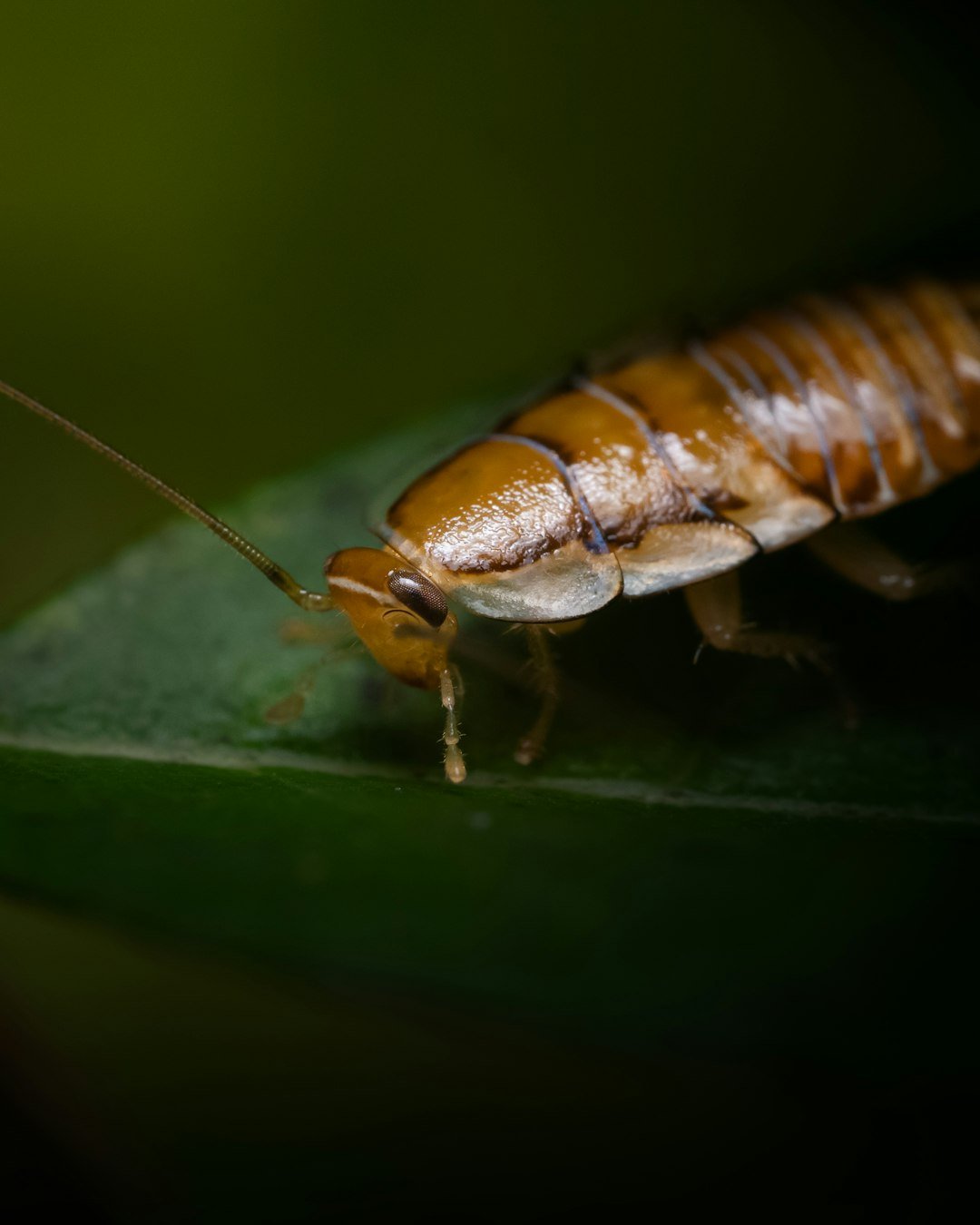
Cockroaches emerged long before dinosaurs, and that ancient origin shaped a toolkit that still works in 2025: stout exoskeletons, flexible bodies, and digestive partnerships that turn hard plant parts into fuel. A lineage of wood-eating roaches even shares microbial allies with termites, linking today’s nutrient cycles to an evolutionary story that reaches back through deep time. Modern labs study roaches to understand everything from how exoskeletons flex to how insects evolve resistance to stress, providing blueprints for soft-bodied robots that squeeze through cracks without breaking. Urban researchers also probe their microbiomes for antimicrobial compounds and study the proteins that trigger allergies in crowded housing, translating ecological insight into public-health strategies. It’s a curious twist: the same creature that powers forest recycling can also inspire engineering and guide safer pest control.
Why It Matters
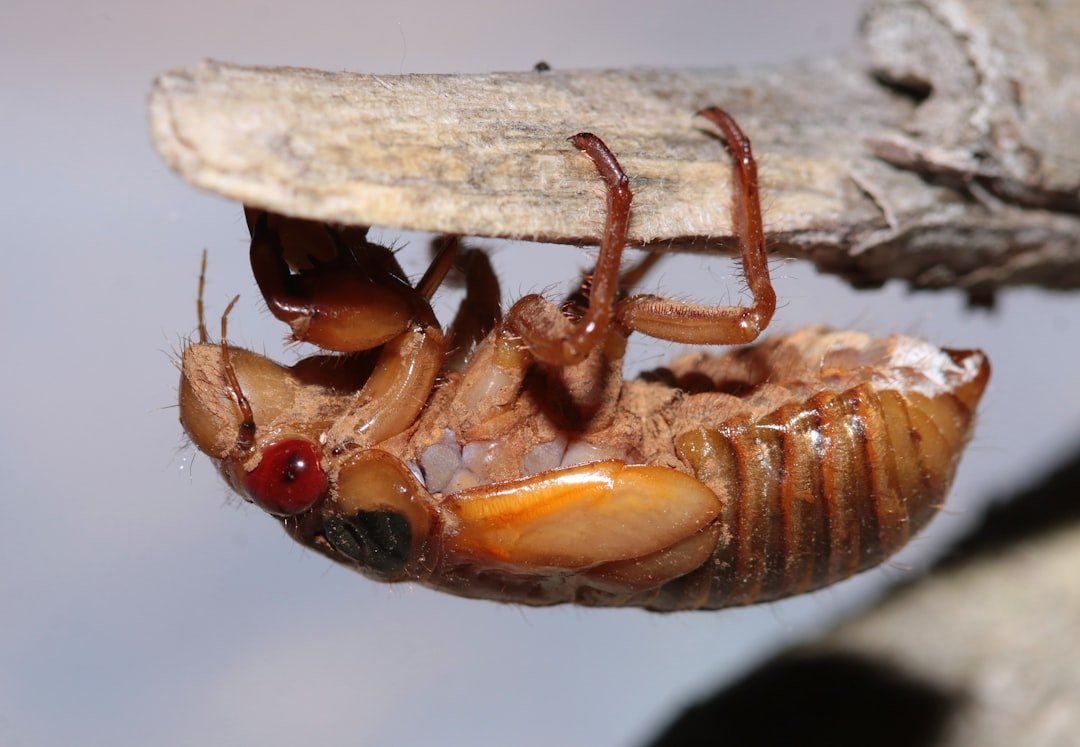
Whether you live on a farm or the fifteenth floor, the work roaches do in the wild quietly touches your life through the food on your plate and the air in your lungs. Faster nutrient cycling means more resilient plant communities, which buffer droughts, stabilize soils, and store carbon more reliably over time. In cities, understanding roach biology helps pivot from broad pesticide use to targeted, integrated pest management that reduces allergens and protects beneficial insects outdoors. There’s nuance here: household pest species can trigger asthma symptoms and contaminate food, yet they represent only a sliver of the thousands of roach species that never cross a doorstep. Seeing that contrast clearly helps us manage the few that cause harm while safeguarding the many that keep ecosystems humming.
Global Perspectives
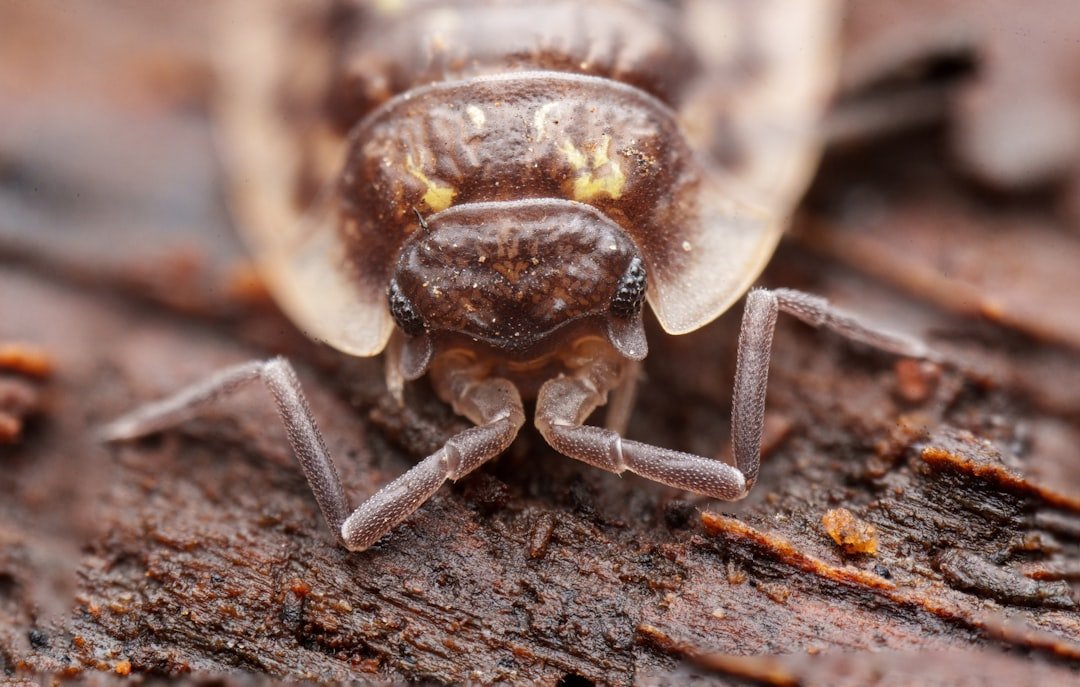
In tropical forests, leaf-litter roaches are part of a bustling guild with beetles, millipedes, and termites, and together they can clear a carpet of leaves in a single wet season. In Australian scrublands, a giant burrowing roach aerates soil as it tunnels, turning packed ground into a sponge that holds water during heat waves. Across Asia and Africa, forest roaches feed birds, lizards, frogs, and spiders, converting low-value plant debris into high-value calories for higher tiers of the food web. Even in temperate parks, native roaches live outdoors under bark and stones, where their presence signals a healthy, layered habitat rather than neglect. The global pattern is consistent: where plant matter accumulates, roaches help turn it back into life.
The Future Landscape
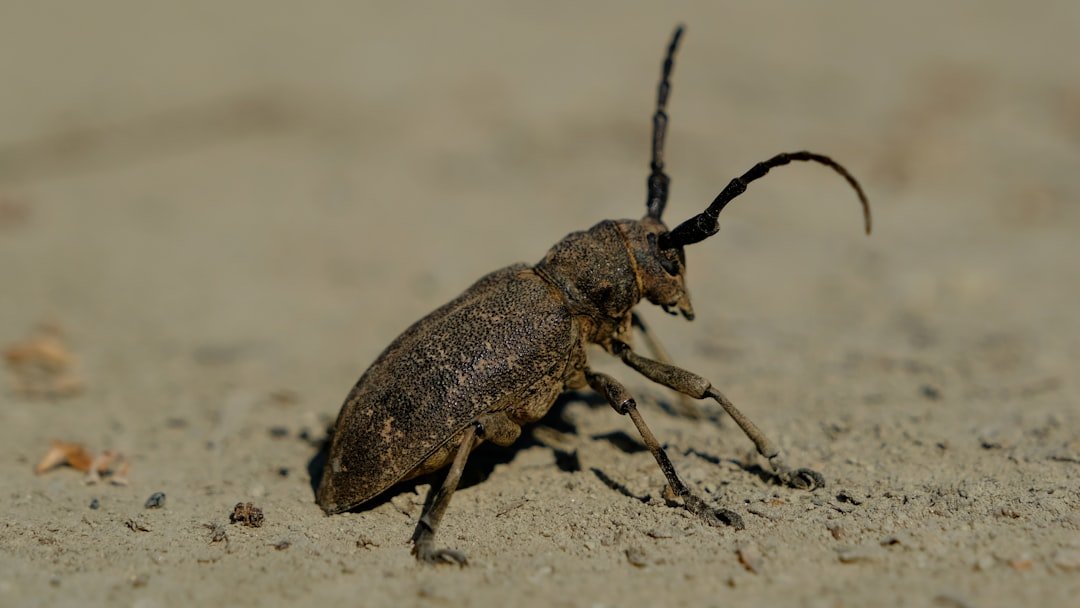
As climates shift and extreme weather reshuffles ecosystems, the roach job may become even more pivotal because heat and storms dump sudden loads of damaged vegetation into litter layers. Scientists are exploring how roach-driven nutrient pulses influence tree recovery after hurricanes, wildfire debris in forests, and drought die-offs in grasslands. New tools – from environmental DNA to micro-sensors in soil – are making it possible to track their hidden routes and measure their footprint without tearing up the habitat. Engineers keep borrowing ideas too, building compressible, scuttle-ready robots for disaster zones that mimic the roach body plan to move through rubble. The challenge will be balance: protect decomposer communities outdoors while deploying humane, precise strategies to limit the handful of indoor pest species.
Conclusion
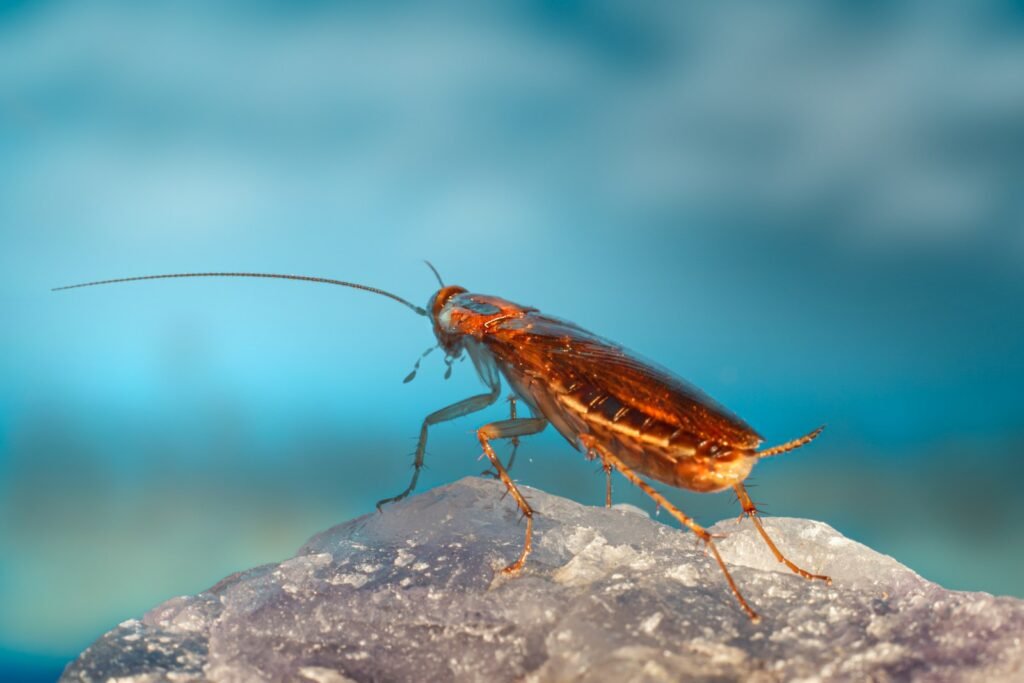
Start small at home: keep a thin layer of leaf litter or a log in a corner of your garden to support native decomposers while still sealing cracks and storing food securely indoors. If pests are a problem, ask contractors about integrated pest management that targets entry points and moisture instead of defaulting to heavy chemical use. Support local habitat projects that protect leaf-litter ecosystems, because that’s where roaches and their microbial partners do their best work. Consider joining a community science project that records outdoor roach sightings, which helps researchers map native diversity rather than lumping everything under the pest label. And when you spot one under a log on a hike, pause a moment before flinching – there’s a good chance it’s one of the thousands of species doing the planet’s quiet cleanup.

Suhail Ahmed is a passionate digital professional and nature enthusiast with over 8 years of experience in content strategy, SEO, web development, and digital operations. Alongside his freelance journey, Suhail actively contributes to nature and wildlife platforms like Discover Wildlife, where he channels his curiosity for the planet into engaging, educational storytelling.
With a strong background in managing digital ecosystems — from ecommerce stores and WordPress websites to social media and automation — Suhail merges technical precision with creative insight. His content reflects a rare balance: SEO-friendly yet deeply human, data-informed yet emotionally resonant.
Driven by a love for discovery and storytelling, Suhail believes in using digital platforms to amplify causes that matter — especially those protecting Earth’s biodiversity and inspiring sustainable living. Whether he’s managing online projects or crafting wildlife content, his goal remains the same: to inform, inspire, and leave a positive digital footprint.



